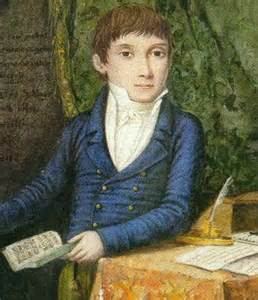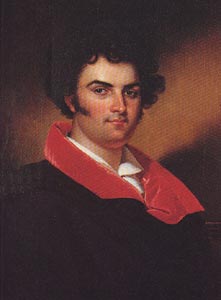Aeronautical history launched from Ciampino airport
 |
| Umberto Nobile |
The expedition was the brainchild of the Norwegian polar explorer and expedition leader Roald Amundsen, but the pilot was the airship's designer, aeronautical engineer Umberto Nobile, who had an Italian crew.
They were joined in the project by millionaire American explorer Lincoln Ellsworth who, along with the Aero Club of Norway, financed the trip which was known as the Amundsen-Ellsworth 1926 Transpolar Flight.
Nobile - born in Lauro, near Avellino in Campania - designed the 160metres long craft on behalf of the Italian State Airship factory, who sold it to Ellsworth for $75,000. Amundsen named the airship Norge, which means Norway in his native tongue.
The first leg of the flight north was due to have left Rome on 6 April but was delayed due to strong winds until the 10th. The first stop-off point was at the Pulham Airship Station in England, from where it took off again for Oslo on 12 April. Three days later Nobile, Amundsen, Ellsworth and the crew flew on to Gatchina, near Leningrad, the journey taking 17 hours because of dense fog.
The movement of airships depended on the construction of sheds and mooring masts and delays in erecting masts, plus further bad weather, put back the team's departure from Gatchina to Kings Bay, Spitsbergen, which would be the final stop before the attempt to fly over the Pole.
In the meantime, a rival expedition led by the American explorer Richard E Byrd arrived. His three-engined Fokker aeroplane took off from Spitsbergen on 9 May and returned 16 hours later, Byrd and co-pilot Floyd Bennett claiming to have overflown the Pole.
 |
| Umberto Nobile's airship Norge |
After a dispute with Amundsen over who should take the most credit for the mission's success, Nobile mounted a polar expedition of his own two years later but this one ended in disaster when his Italia airship, having successfully overflown the Pole, crashed into the ice on the way back to Kings Bay. Eight members of the 17-man crew were lost, two confirmed dead and six others presumed to have died, trapped on board the stricken Italia as it was swept away in high winds.
In a further tragic twist, Amundsen was killed during the rescue mission, having put aside his differences with Nobile to board a seaplane bound for Spitsbergen, only for the aircraft to crash en route.
Nobile eventually returned to Rome to a hero's welcome but an official enquiry accused him of abandoning his crew after the crash. He resigned from the Italian Air Force, in which he has risen to the rank of Major General. It took him 17 years to clear his name.
Having lived in the Soviet Union and then the United States, where he taught aeronautics at a university in Illinois, Nobile went back to Italy in 1942 and ultimately returned to the University of Naples, where he had been a student, to teach and write. After the war, he ran for parliament as a member of the Italian Communist Party.
Nobile died in Rome on 30 July 1978 aged 93 after having celebrated the 50th anniversary of his two polar expeditions.
Travel tip:
Visitors to Rome can see a permanent exhibition celebrating Nobile's achievements at the Italian Air Force Museum at Vigna di Valle, about 45 kilometres north-west of the capital on the shores of Lago di Bracciano, where it occupies what used to be a seaplane station on the lake. The museum is open every day except Mondays from 9am to 5.30pm in the summer months, 9am to 4.30pm in the winter.
 |
| The cathedral at Avellino (Photo: Daniel Junger CC BY-SA 3.0) |
Avellino, which is situated about 42 kilometres north-east of Naples on a plain surrounded by mountains, has suffered more than its fair share of damage from earthquakes throughout its history and was also bombed during World War Two. Avellino's cathedral, built in 1580, sits on the site of a Roman villa dating back to 129BC. The Fountain of Bellerophon, built in the 17th century, is worth a look.
Home









